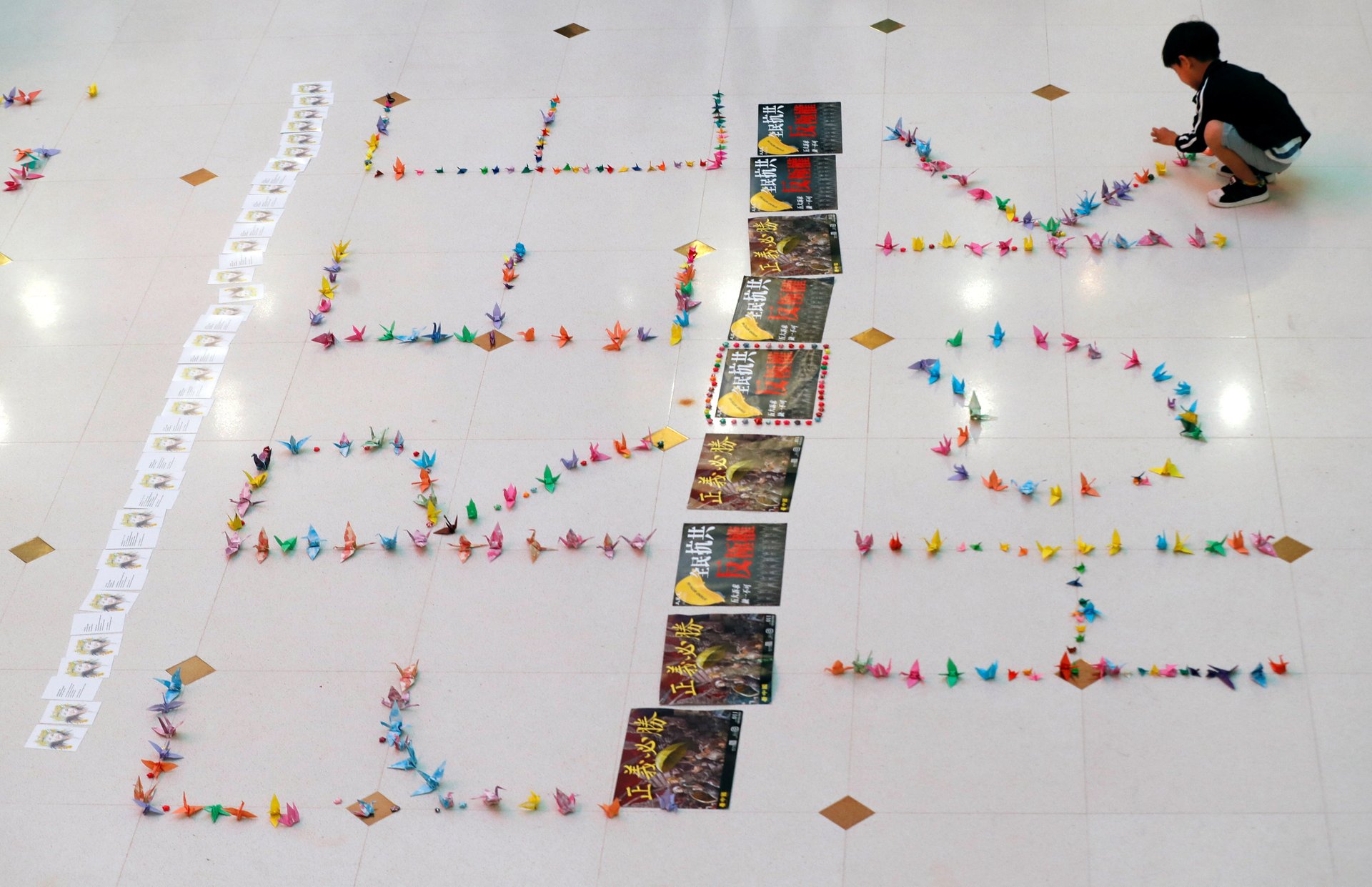The Hong Kong resistance is only just getting started
After six months of clashes on the streets of Hong Kong, one thing is clear: The act of protesting is no longer circumscribed by the rituals of large-scale street demonstrations, rallies in public squares, or throwing petrol bombs.


After six months of clashes on the streets of Hong Kong, one thing is clear: The act of protesting is no longer circumscribed by the rituals of large-scale street demonstrations, rallies in public squares, or throwing petrol bombs.
It is now also a way of being and thinking that has enveloped the entire city. An unwavering commitment to unity underpins the movement’s resilience, which is strengthened, not weakened, by the lack of leadership.
Examples of quotidian resistance abound. Office workers use their lunch breaks for flash-mob-style gatherings and write Christmas cards for detained protesters. Many avoid taking the metro, as the subway system is seen to have been co-opted by the Chinese Communist Party. Diners and shoppers refer to color-coded maps on their smartphones to decide where to spend their money—establishments marked yellow support the protests, while ones marked blue are deemed to side more with the police.
For a while, it seemed as if things had quieted down. Following a particularly violent few weeks in November, where police laid siege to two universities, the opposition camp won a deafening victory in local district elections. That gave people not only time to recuperate and regroup, but also a solid mandate disproving the government’s propaganda that a “silent majority” in the city despises the protests.
But this holiday season presented a reminder that violence can flare up anytime, anywhere, in the pressure-cooker environment that is Hong Kong. On Christmas Eve and Christmas Day, protesters took to shopping malls and busy streets, where they were met with the familiar hail of tear gas and rubber bullets from police.
All this is part of what some observers see as a movement to forge a collective Hong Kong identity defined by values, resistance to China’s authoritarianism, and shared pain. Many are studying the examples of places like Poland, Taiwan, and South Korea, whose own movements against dictatorial rule lasted decades.
The “2019 protests” may be drawing to a close, but something much more deeply rooted and profound will replace them in the years to come.
This essay was originally published in the weekend edition of the Quartz Daily Brief newsletter. Sign up for it here.